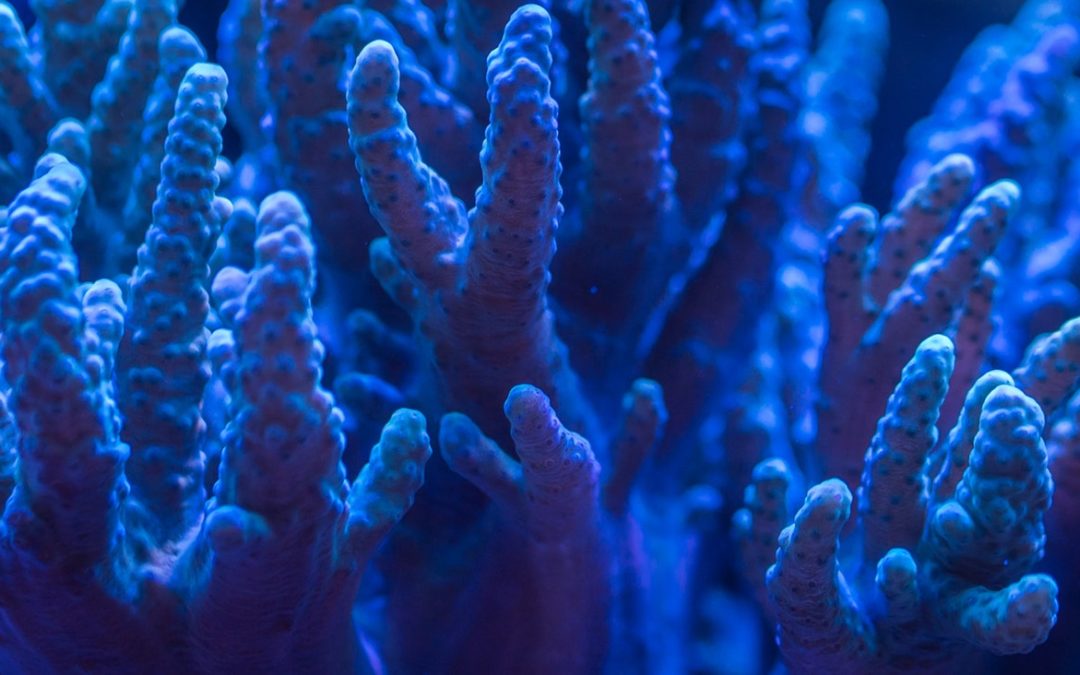In Townsville, Australia at the National Sea Simulator, researchers gather to watch the first bits of egg and sperm float away from the coral reefs they have been observing. Madeleine van Oppen, a coral geneticist, gathers her team ready of the spawning as one of the species of coral spawning more quickly than anticipated. She and her team had to move fast, as it is imperative to prevent it from crossbreeding with the other coral in the tank. Van Oppen and her team are attempting to create new breeds of coral that can withstand the intense marine heating that has killed over half of Australia’s Great Barrier Reef. Global temperatures around the world are rising and destroying the reef in every ocean. Australia has committed 300 million for research in efforts to preserve and restore coral reefs. In doing so, it has become a beacon for scientists devoted to reefs, primarily at the Sea Simulator.
The Australian Institute of Marine Science created the Simulator, in which dozens of tanks have been developed to replicate the conditions of today’s oceans as well as simulate projected future conditions. It is here that Van Oppen and her team are attempting to re-engineer the corals by any method that may be fruitful. They are using old methods such as domesticating the plants and trying out new technology like gene-editing tools. Following the examples of tech entrepreneurs for producing fast results, the team is quickly testing any new ideas and discarding those that hold no potential promise. Whole projects can be determined to kept or abandoned over a span of ten hours. The material essential to the core of this work, the genetic material of the coral is only released once a year. The scientists must move quickly to gather and test material or the egg will die with being fertilized by sperm, and they will have to wait another year for a further attempt.
Van Oppen and other scientists know they are working against a very crucial and unforgiving clock. Over the past decade, underwater heatwaves are decimating coral reefs in large numbers. By the time temperatures increase by 2 degrees Celsius, reefs will be gone from waters worldwide, and it is estimated to reach 3 degrees by the end of the century. The other threats facing the reef is the acidification of the oceans due to the pH being lowered by the absorption of Carbon Dioxide. The calcium carbonate shells of the corals and other marine life are vulnerable to the newly corrosive levels. Seven years ago, Oppen and Ruth Gates, a conservationist, and coral biologists began to wonder if there could possibly be away that could give coral some extra advantage to help them survive.
Coral Conservation thus far has focused on pollution, predators, fishers, and tourists, but not on something as radical as the duo had in mind. They advanced the idea of assisted evolution in a paper in 2015 from the National Academy of Sciences. In the same year, the charitable foundation of Paul Allen gave them funding for research. At this time, the research focuses on four main areas to help the coral: cross-breeding strains to hopefully create a heat resistant variant, using genetic engineering to alter coral and algae, rapidly evolving tougher strains by growing them quickly, and manipulating the microbiomes of the coral.
Introducing genetically engineered lifeforms into already existing ecosystems have raised many concerns in the scientific community. David Wachenfeld is chief scientist of the Great Barrier Reef Marine Park Authority compares the situation to cane toad incident in 1935. Then, the toads were introduced to Australia to combat sugarcane devouring beetles, but ended up showing no interest in the insects and wreaked havoc poisoning the surrounding wildlife. He fears that engineered coral could become predators to the existing reefs. In March, Van Oppen and her team were able to get permission to move the cross-breed hybrids to open ocean. It may be some time before any actual effects can be seen, but it is the only option the coral reefs have left for a chance to survive.
